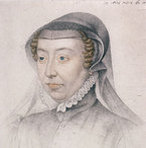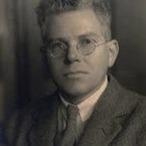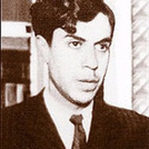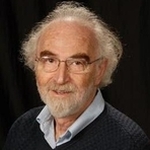|
The Théâtre des Champs-Élysées played host to a wonderful concert performance of Handel’s Rodelinda, with a stellar cast which included soprano Karina Gauvin, and the contraltos Sonia Prina and Delphine Galou. Alan Curtis was at the helm, directing the orchestra, Il Complesso Barocco. From the moment Karina Gauvin sang her first note, she stamped her authority on the character of Rodelinda. Her potent attack in the aria “L’empio rigor” was ferocious indeed, yet she was capable of great tenderness also, as her light touch and exquisite phrasing in “Ombra piante” confirmed. Her technical skill and confident coloratura was evident in the demanding “Morrai, sì”, while Gauvin raged with the force of a Medea in the recitative where Rodelinda exhorts Grimoaldo to kill her son. In the following aria, “Spietati, lo vi giurai” Gauvin was on fire. The purity and solidity of tone in the high tessitura of “Ritorna, o caro” was beautiful to behold, while her “Se’l mio duol”, with its nods to “Se pietà” from Giulio Cesare, was utterly heartrending. Gauvin’s “Mio cara bene”, was truly joyous as she soared above the stave. Gauvin was indeed a memorable and powerful Rodelinda. 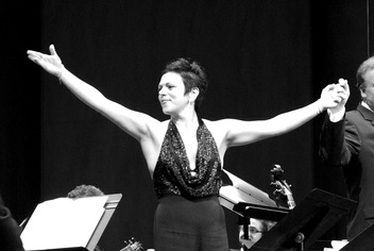 Sonia Prina, contralto Sonia Prina, contralto In a role which is so full of powerful arias, it was surprising to note that Sonia Prina’s Bertarido produced some of the tenderest performances I have ever heard from her. In the poignant “Dove sei”, Prina’s middle register was so light and pure it was almost as if we were listening to a lyric mezzo, instead of a contralto famed for revelling in her chest register, while “Con rauco mormorio” was devastatingly affecting. Prina returned to her fiery form with “Confusa sì miri” thundering through her lines with tremendous security in the lower register, while she effortlessly navigated the awkward lines of “Scacciata dal suo nido” which sit right across the contralto lower passagio. Prina’s vocal fireworks in “Se fiera belva ha cinto” threatened to upstage her astounding “Vivi Tiranno”, both of which saw her dive ferociously into the true contralto depths. The duet “Io t’abbraccio” was truly magical, as Prina and Gauvin’s voices wove together to form a richly textured, intimate musical pattern: where Gauvin glided to the top of the stave, Prina countered by flowing to the bottom, achieving a synthesis of tone in the overlapping areas. The velvety tones of mezzo Romina Basso and contralto Delphine Galou were heard in the roles of Eduige and Unulfo respectively. Basso’s rich middle register added a sultry sensuality to the traitorous Eduige. She excelled in the feisty “Lo farò dirò spietato”, her warm tone present throughout the range. “De’ miei scherni” saw Basso unleash her trademark speed, and her wonderful ornamentation. She also excels in dynamic variations, which she uses to great effect on long, unaccompanied notes in her cadenze. Her last aria was the vivacious “Quanto più fiera”, in which she seemed to enjoy herself a lot. Galou’s speed and lightness of touch, coupled with her dark timbre, make her voice perfect for the so-called “trouser” roles. She sped through her first aria, “Sono i culpi”, at breakneck speed, navigating confidently the low-lying coloratura. In “''Fra tempeste funeste” Galou sang one of the most beautiful lines in the opera, the phrase “foreira la calma già spunta una stella”, which was enriched by her exquisite mezza di voce on each of the tied notes. Topi Lehtipuu’s Grimoaldo was a little off kilter after a mishap in the first aria, but he recovered to produce a lovely “Prigioniera hò l’alma”. While some of the arias seemed a little low for his beautiful, high and light lyric Tenor (which is superb for Vivaldi, in which he has proven success), his “Trà sospetti” was fabulous, with Lehtipuu dominating the aria. Matthew Brook gloried in his role as the scheming villain Garibaldo. “Di Cupido” was both menacing and entertaining, with Brook taking the high tessitura and difficult series of arpeggios in his stride. Particularly good was the extended phrase on the word “alletta”. For me, though, one of the highlights of the night was Brook’s maniacal “Tirannia”, sung with true evil triumph, and one of the best I have heard. Alan Curtis and Il Complesso Barocco did a great job, and thanks for the encore of the final ensemble, with Matthew Brook reduced to an “ornamental” role as his character was already dead by this point. It was a fantastic evening, and a lovely end to my Parisian holiday.
0 Comments
The Château de Versailles in France is currently hosting a festival titled "The Triumph of Handel". I spent four days there to experience some of the performances for myself, and to let you all know about the wonderful work they are doing to promote this excellent Baroque composer. The first performance I attended was a concert version of the opera Alcina. Alcina is an opera full of exciting music and powerful characterisation, charting the emotional and psychological breakdown of a once all-powerful sorceress, as she loses her control of her lover, her island, and ultimately her magical powers. As such, it is one of Handel’s most engaging works. For more information about the opera, please see my previous review of Alcina from a performance at the Barbican in 2010. The title role was taken by soprano Karina Gauvin. Her rich, generous voice, coupled with her strong, vibrant chest register, made her an exciting Alcina. Encompassing the full range of human emotion, the role of Alcina is one which requires complete submersion into the character by the artist. This is not easy to do in a normal production, let alone a concert performance, where the full drama of a staged performance is lacking. Gauvin was more than able to wring every last drop of feeling from her arias, and from the recitatives where she interacted with the other characters. From her first aria, the love-struck “Di, cor mio,” to her final, calamitous cry of “O noi perdute!” Gauvin’s characterisation was sincere and intense. Her lightness of voice in “Si, son quella” was mesmerising, with some very touching pauses on the exposed notes above the stave, such as in the phrase “se amar tu non me vuoi”. Ophélie Gallard’s accompaniment on the ‘cello was beautiful, wonderfully played and very moving. “Ah! Mio cor” was truly chilling, with Christophe Rousset’s direction bringing out the stabbing rhythm mercilessly in the A section. Gauvin brought out the conflicting emotions of the “wronged” woman in the A section and the ruthless witch-queen in the B section with vivid intensity. The long lines of coloratura in “Ombra pallide” were dispatched easily by Gauvin, taking the ebb and flow of the lines with security and well-conceived dynamics. Her excellent breath-control and phrasing helped build the tension of this dark aria, which showed the witch-queen at her most unstable and insecure. “Ma quando tornerai” was all bluster and vengeance in the A section, while the B section was so needy and desperate that one could hardly believe that once all powerful sorceress had ever existed. Her heart-breaking final aria, “Mi restanto le lagrime,” brought a sincere round of applause from us in the audience. Ann Hallenberg’s Ruggiero was a revelation. Her playful lyricism was evident in the touching “La bocca vaga,” while her beauty of tone and intuitive phrasing made the simple yet gorgeous “Mi lusinga” all the more elegant. Hallenberg’s most moving aria was “Verdi prati.” I can honestly say I have never heard a better version. The warmth of Hallenberg’s voice, coupled with her fantastic use of dynamics, made this a pleasure to listen to. It takes a very good singer to make an aria this straightforward rhythmically, and with respect to range, stand out and hold its own compared to the more dynamic arias in the opera. Hallenberg is such a singer. The big aria for Hallenberg, and of the opera, is “Sta nell'ircana.” Written for the star castrato Carestini, it is one of the most challenging arias in all of Handel’s operas. Ranging from B3 to G5, running across the three registers, and with many parts lying low in the middle register, it is often an aria which can cause registration problems, resulting in vocal barking or cracking, or a loss of breath control as a consequence of pushing too hard in the lower middle register to create volume. This was not a problem for Hallenberg, her flawless technique giving her the ability to negotiate the difficult passages with apparent ease. Her ornamentation in the da capo was stunning, resulting in a rapturous applause from us in the audience. The show was stolen, for me, by the ferocious singing of contralto Delphine Galou, in the role of Bradamante. Galou has a beautiful, silky dark tone, which she uses to tremendous effect in slower arias, and a fabulous coloratura capability which invigorates faster ones. She received a huge round of applause for her dazzling rendition of “E’ gelosia,” her first aria of the evening. The fury with which she delivered her phrases, and the speed and agility showed on the coloratura lines, brought the aria to life magnificently. Galou’s characterisation was excellently done, continuing even while sitting on her chair, reacting in character to the other performers. But the best was yet to come. The killer aria in the role of Bradamante is “Vorrei vendicarmi.” Handel wrote the aria for the great contralto Maria Caterina Negri (1), who sang in no less than 11 of Handel’s operas. As the orchestra started to play, Galou set her shoulders, took a deep breath, and launched in to the most vigorous and dynamic performance of this aria I have ever heard. The high-octane coloratura and the vehemence of the delivery combined to blow our socks off. In the da capo, Galou set off with a reckless abandon, running well below the stave at points. Praise should also go to Gautier Blondel, the sole Contrabassist, who managed to power out the rumbling bass line superbly. Galou’s final aria, “All’ alma fedel” was full of smooth legato singing – a pleasure to listen to. Monica Piccinini's high, light soprano was well cast for the role of Morgana, Alcina's sister. In her major aria, "Tornami a vagheggiar," she floated above the stave easily, each staccato note lightly touched like a bell. I think there was also a D6 thrown in for good measure! The long held notes in "Ama, sospira" were solid and easily negotiated. Emiliano Gonzalez Toro has the light, sweet tenor which makes the role of Oronte such a pleasure to listen to. His lyricism was evident throughout the concert, and he produce a wonderful rendition of "Un momento di contento," which won him heart-felt applause. Olivier Lallouette was a solid Melisso, dispatching "Pensa a chi geme d'amor piagata" very convincingly. Erika Escribá-Astaburuaga was excellent in the role of Oberto, the only shame being that "Barbara; io ben lo sò" was cut short. I would definitely like to her more of her in the future. Les Talens Lyriques, under the baton of Christophe Rousset, produced a performance which shone. Their cohesion as a group, and their vibrant delivery, gave the opera a vitality which it can sometimes lack with a less dynamic orchestra and conductor. The high standard of the performers and the stunning location made this, for me, one of the most memorable performances I have attended. (1) Negri was famous for refusing to honour a one of her contracts, resisting even as grenadiers barricaded her home and threatened arrest!
|
Categories
All
Archives
September 2014
|
MOST VIEWED POSTS
© James Edward Hughes 2013
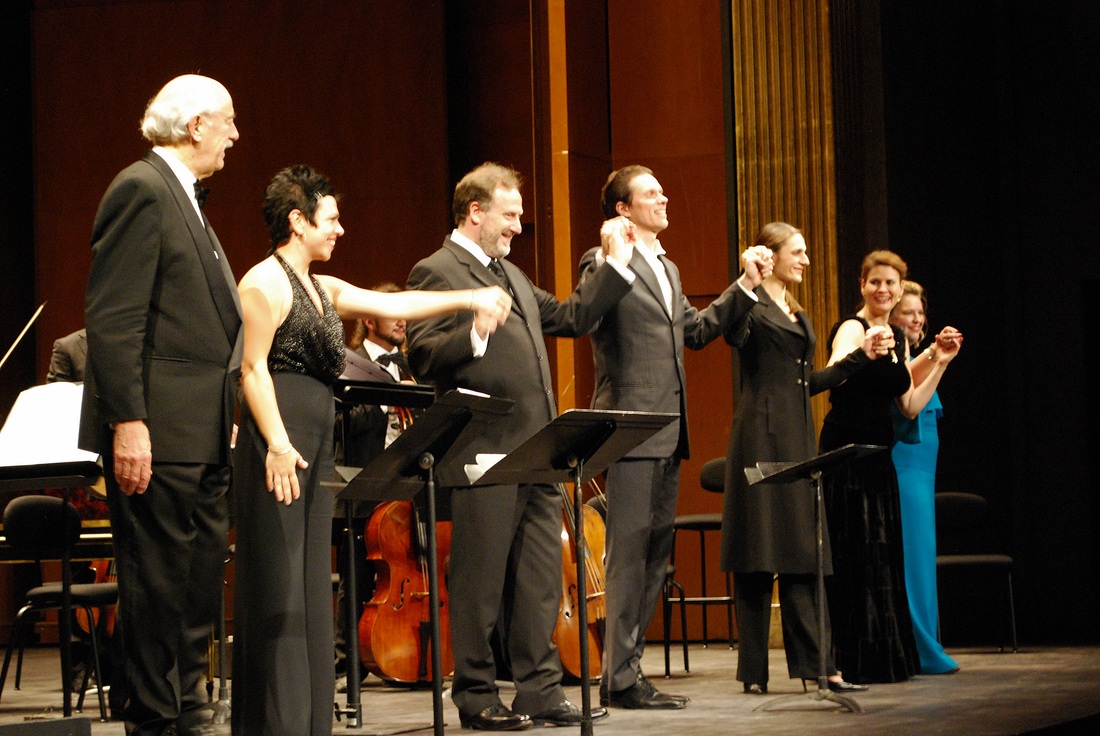
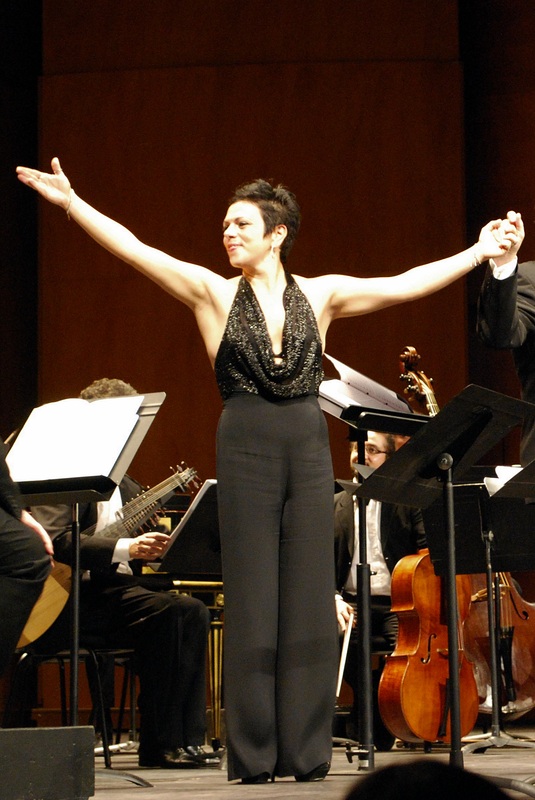
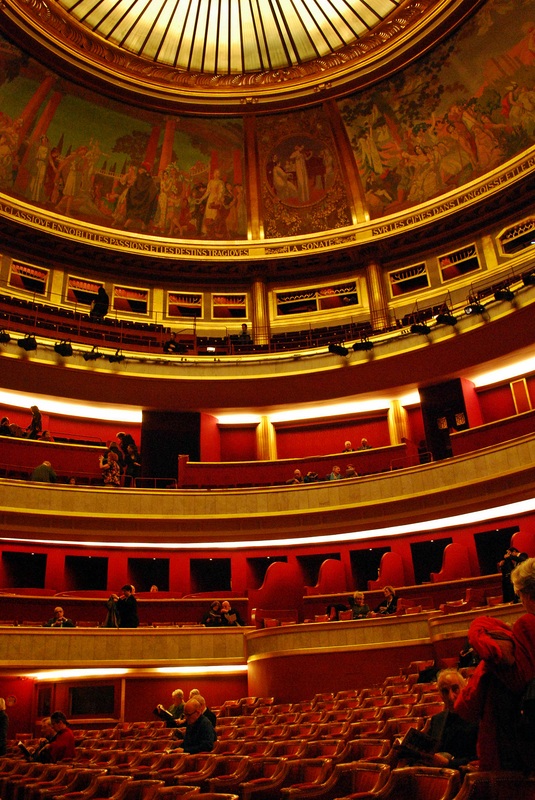
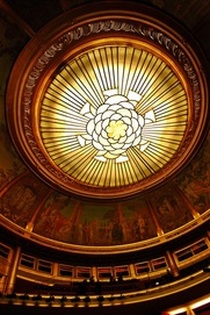
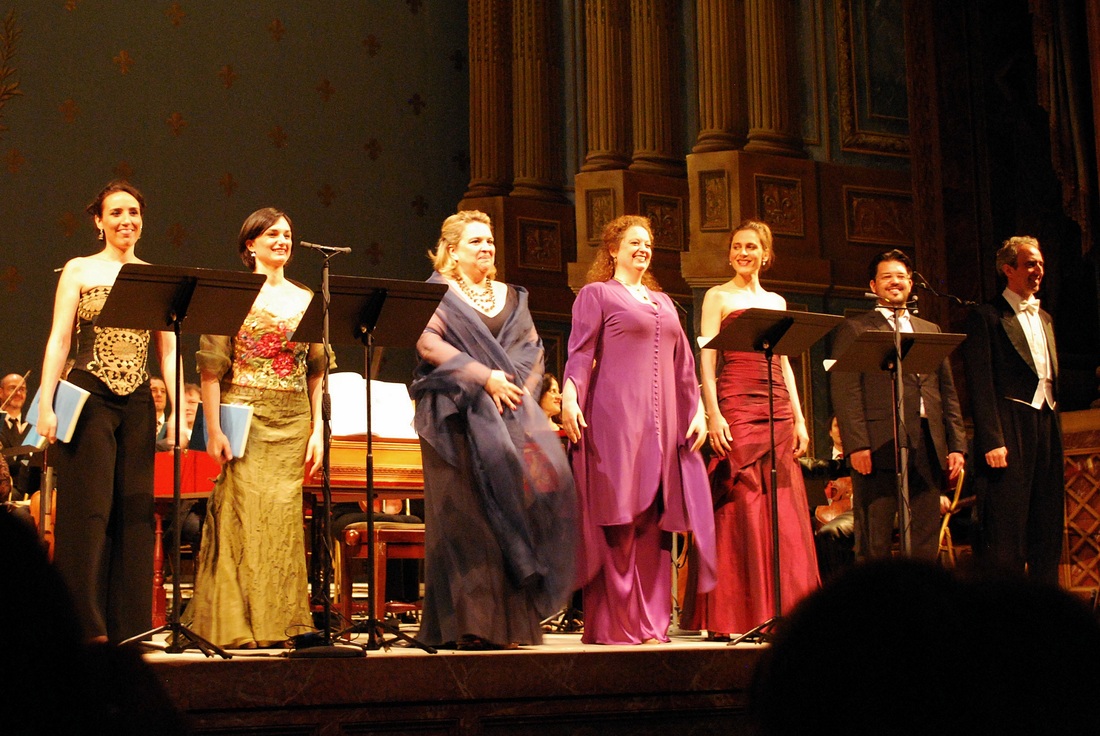
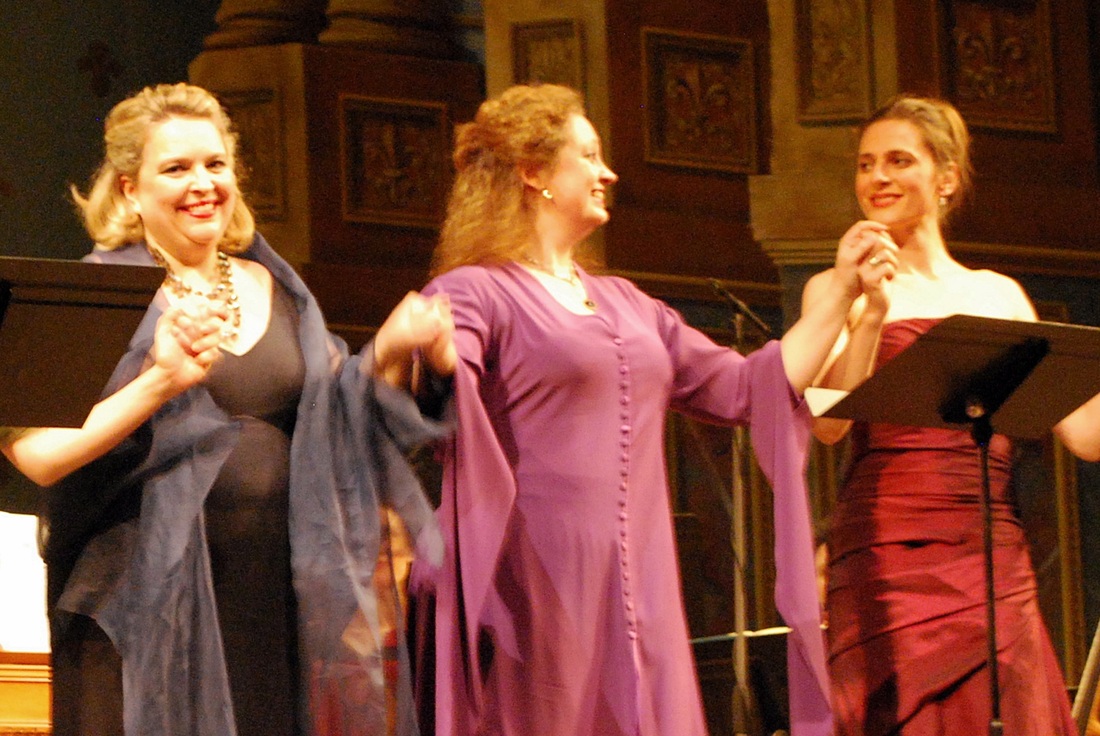
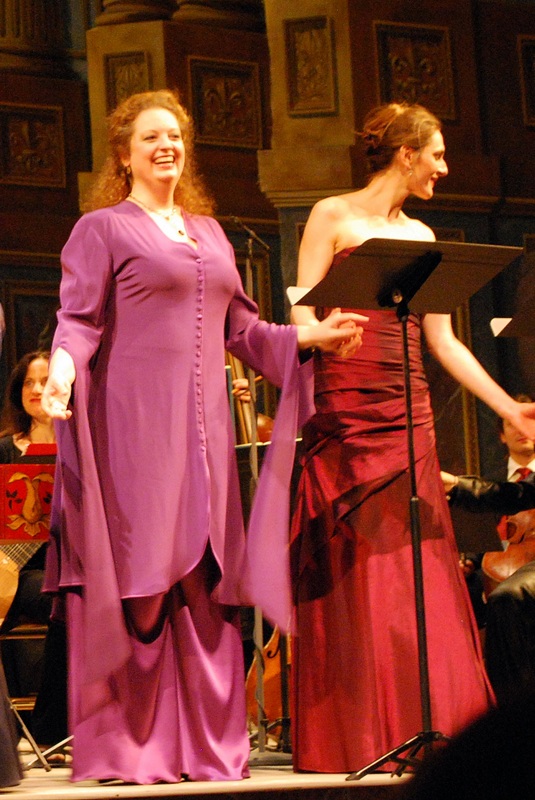
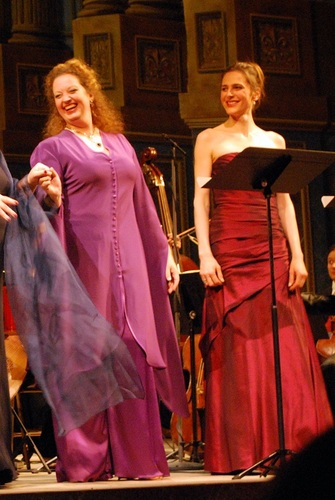
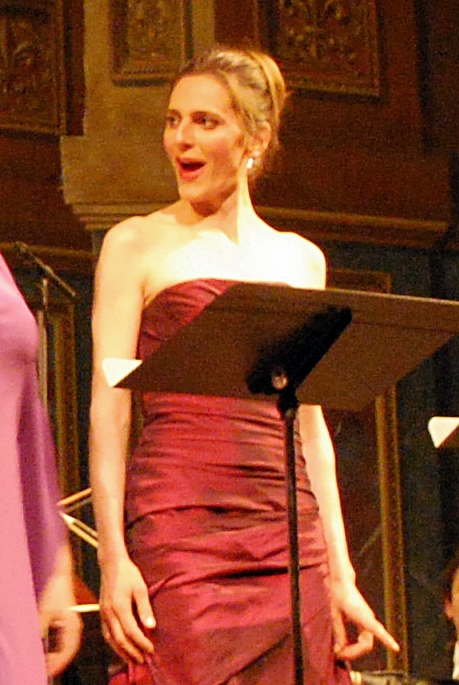
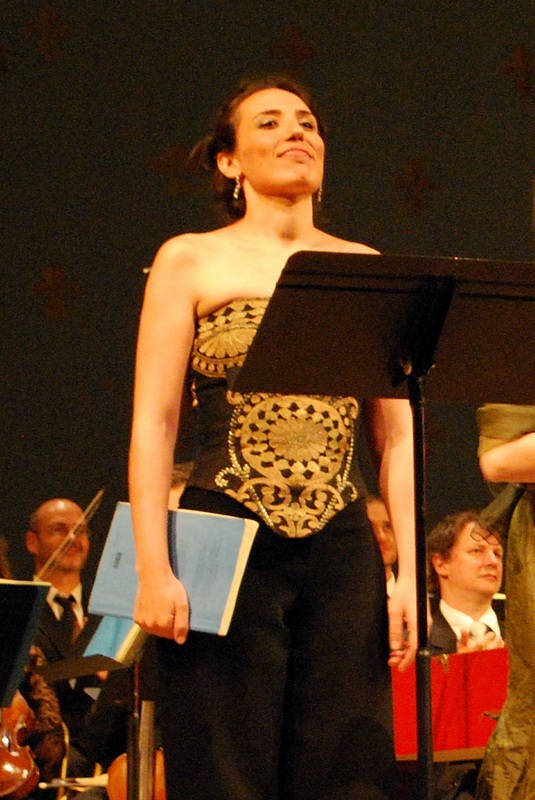
 RSS Feed
RSS Feed
